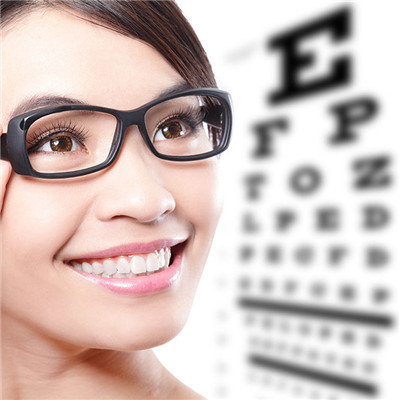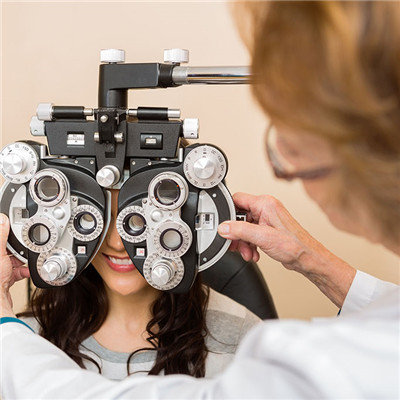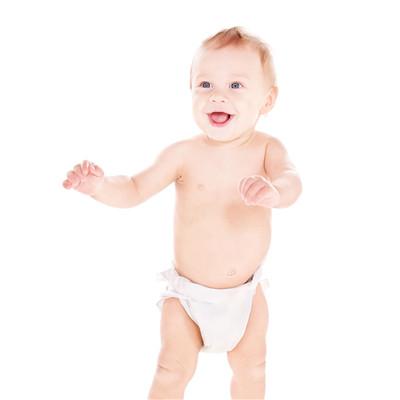What examination should paralytic strabismus do?
summary
It is not difficult to diagnose obvious extraocular muscle paralysis, but for some cases with mild paralysis or long course of disease and secondary changes, multiple examinations or repeated examinations are often needed to make a diagnosis. Therefore, many inspection methods have been designed over the years. In recent years, with the progress of science and technology and the application of microcomputer, the examination means are increasing and improving day by day, which provides more scientific basis for clinical diagnosis. Due to the complexity of the examination methods, we should pay attention to the following: for different types of extraocular paralysis, we should choose the appropriate examination method; The inspection should be careful and careful, and attention should be paid to repeated inspection, so that the results of several inspections can be compared; Each inspection result should be carefully analyzed to see if it is meaningful or reasonable; If the patient is a child, the appropriate examination method should be selected according to the degree of cooperation.
What examination should paralytic strabismus do?
Visual acuity and refractive examination: some congenital or early postnatal paralytic strabismus can be combined with different degrees of amblyopia, and necessary amblyopia treatment should be performed after operation to correct the eye position. In addition, for the patients with refractive error, the refractive error should be corrected before operation. Neurology auxiliary examination: it is a necessary method to find out the cause of non concomitant strabismus, especially for acquired paralysis. If the patient has dyskinesia of synkinesia and dyskinesia, the neurologist should be asked to assist in the examination.

Examination of eyelid movement: oculomotor nerve palsy can be combined with blepharoptosis, lateral mandibular movement with blepharoptosis in Marcus Gunn syndrome, periodic oculomotor nerve palsy shows periodic small and large eyelid fission, endocrine extraocular muscle palsy with large eyelid fission and upper eyelid tardiness, eyeball retraction and small eyelid fission in Duane syndrome, etc.

Observation of eye position is the most useful preliminary examination for all types of strabismus. For non concomitant strabismus, theoretically, any deficiency of extraocular muscles should show a certain degree of eye position deviation, which is in the opposite direction of the affected muscles. However, if the degree of paralysis is mild and the eye position is controlled by the fusion reflex, it can only show obliquity, but not apparent obliquity.

matters needing attention
Eye movement limitation is one of the main signs of non concomitant strabismus, and it is also the main point to distinguish from concomitant strabismus. It is not difficult to recognize the limitation of eye movement caused by severe paralysis, but in mild paralysis cases, the first eye position may not show eye position deviation or only slight deviation. If only the naked eye or monocular movement is observed, the abnormality can not be found, so attention must be paid to the limitation of binocular movement. Because, when the eyeball turns to paralytic muscle action direction, spouse muscle will show too strong movement. Therefore, eye movement examination should include monocular movement examination and binocular movement examination.











